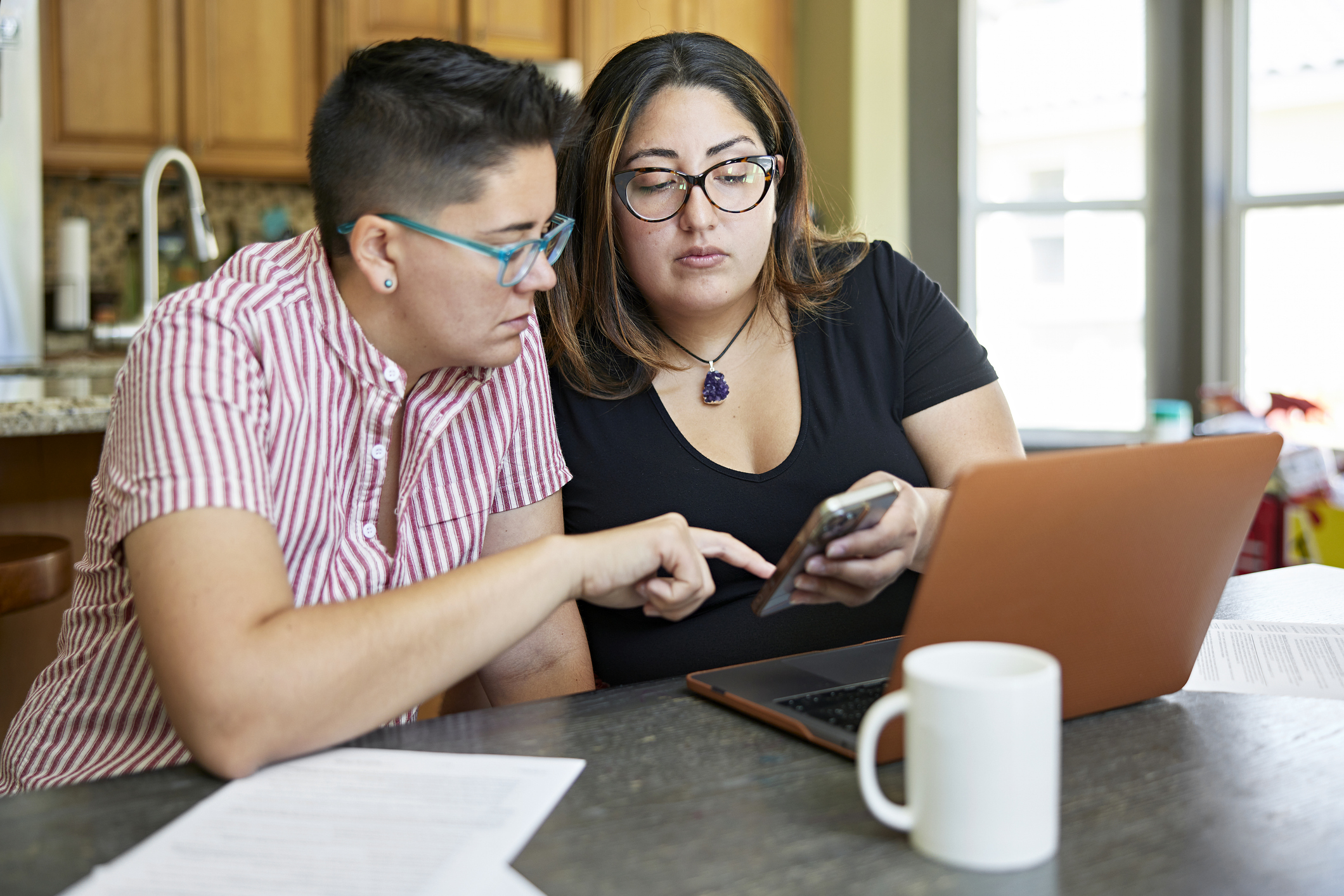Do I qualify for student loan forgiveness?
Do I qualify for student loan forgiveness?
By: Margaret Nickens
In August, President Joe Biden announced a plan to forgive federal student loan debt and introduce a new income-driven repayment plan. He also extended the student loan payment pause through December 31, 2022. With these changes, you may be wondering whether or not your student loans qualify for forgiveness.
Certain federal student loans will be forgiven for single filers who earned less than $125,000 during the 2020 or 2021 tax year as well as joint filers/heads of household who earned less than $250,000 during either of those years. Most eligible borrowers will qualify for up to $10,000 in student loan forgiveness, while Pell Grant recipients will qualify for up to $20,000 in student loan forgiveness.
Qualifying loans include direct subsidized and unsubsidized loans, graduate or parent PLUS loans, and potentially Federal Family Education loans (FFEL) and Perkins loans, even if they aren’t held by the federal government. If your FFEL or other federal loan has qualified for the payment pause, then you are eligible for student loan forgiveness. FFEL loans that weren’t eligible for the payment pause may still qualify. The New York Times has reported that consolidating FFEL loans into a direct consolidation loan would make them eligible for forgiveness. Finally, the Department of Education is currently working with private holders of FFEL and Perkins loans to work towards having these privately-held student loans forgiven.
You can qualify for student loan forgiveness even if your loans are in default, if you never finished your degree, or if you used your loans to obtain a non-traditional degree or certification.
The Department of Education will automatically forgive the loans of more than 8 million borrowers whose income information is currently on file with the department. For those whose income is not on file with the Department of Education, a portal will be available beginning in early October, through which borrowers can submit an application. Borrowers can expect their loans to be forgiven within 4-6 weeks of completing the application.
Federal taxes will not be levied on forgiven loans, but some states may tax these forgiven loans. States that may do so include Arkansas, Hawaii, Idaho, Kentucky, Massachusetts, Minnesota, Mississippi, New York, Pennsylvania, South Carolina, Virginia, West Virginia, and Wisconsin.
If you still have outstanding debt after qualifying for loan forgiveness, you may qualify for the new income-driven repayment plan. The plan’s full details have yet to be released, but we do know that the plan caps payments at 5% of discretionary income. Discretionary income will be the difference between your annual income and 225% of the federal poverty level (around $30,578 in 2022). Any unpaid interest that exceeds your discretionary income will be covered by the federal government.
Elm3 will continue to monitor information and announcements as they become available, and we will provide our clients with updates as appropriate. If you have any questions in the meantime, please do not hesitate to reach out to our financial planning team.







